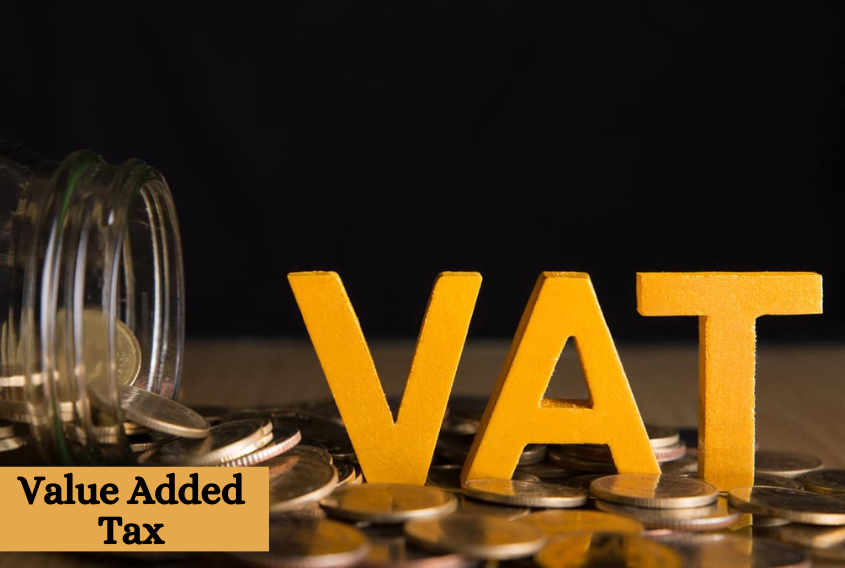
Value Added Tax (VAT) is a globally used consumption-based tax applied at multiple production stages, ensuring efficient revenue collection and reducing tax cascading. Its structured approach minimises evasion, promotes transparency, and supports economic stability. Widely adopted, VAT integrates seamlessly into digital tax systems, making it a fundamental element of modern taxation policies.
Making Revenue Collection More Efficient
Governments need a steady and reliable source of income to fund essential services, and VAT provides just that. Unlike sales tax, which is collected only at the final point of sale, VAT is applied throughout the supply chain. This system ensures that even if some businesses fail to comply, revenue is still generated at different stages.
A bakery, for instance, buys flour from a supplier, who charges VAT. The bakery then sells bread to a supermarket, also adding VAT. When the supermarket finally sells to consumers, VAT is collected once more. This layered approach minimises tax losses and reduces the risk of businesses avoiding tax responsibilities.
It also distributes the tax burden more evenly, as companies only pay VAT on the value they add rather than the entire sale price. The continuous tax collection process ensures that revenue is less volatile and less dependent on consumer purchases alone.
The self-enforcing nature of VAT makes it more effective compared to single-stage taxes, which can be more susceptible to non-compliance. By structuring taxation this way, governments maintain a consistent flow of funds that support public infrastructure, healthcare, and education.
Avoiding Tax on Tax (Tax Cascading)
In tax systems without VAT, businesses often face an issue where tax is repeatedly charged on the same goods at different stages of production. This results in inflated prices, as companies must pass the accumulated tax cost onto consumers. VAT eliminates this inefficiency by allowing businesses to reclaim the tax they have already paid on their inputs.
A clothing manufacturer, for example, purchases fabric and pays VAT on it. Since the manufacturer is registered for VAT, they can deduct this tax when selling the finished product to a retailer. The retailer, in turn, can also reclaim VAT before selling the clothing to consumers. This system ensures that tax is only levied on the value added at each stage rather than the total cost of production.
Without VAT, businesses would face higher production costs, which would either be passed on to customers or result in decreased profit margins. The absence of cascading tax also allows for more accurate pricing of goods and services. This approach benefits consumers as well, since the final price reflects only the real value of the product rather than inflated costs caused by inefficient taxation.
Enhancing Financial Literacy Through Digital and Automated Tools
The implementation of digital and automated taxation tools has revolutionised financial management across industries. Online calculators simplify complex calculations, helping businesses and individuals navigate tax obligations with greater accuracy and efficiency. Tax calculators assist businesses and freelancers in determining VAT and income tax liabilities, reducing manual errors and ensuring compliance with evolving regulations.
Governments and financial institutions increasingly rely on automated tax estimation and reporting tools to streamline collection and improve transparency. These digital solutions not only enhance efficiency but also minimise discrepancies, making taxation more accessible for businesses of all sizes.
Beyond VAT, digital calculators serve a broad range of financial and statistical functions. Mortgage and investment calculators help individuals make informed decisions, while corporate tax planning tools assist businesses in managing payroll deductions and optimising tax strategies. Even in the entertainment sector, tools such as a casino calculator can analyse probabilities and winning odds in games like roulette, showcasing the diverse applications of digital tools in decision-making.
Encouraging Transparency and Compliance
VAT creates a more transparent tax environment by requiring businesses to maintain accurate records of their transactions. Because VAT is charged at every stage, businesses need proper documentation to reclaim tax on their inputs. This requirement makes tax evasion more difficult, as companies have a financial incentive to ensure their suppliers comply with tax regulations.
The documentation process also benefits tax authorities, as every VAT transaction leaves an audit trail. Unlike a sales tax, where retailers may understate revenue to avoid taxation, VAT forces multiple parties to record transactions accurately. The involvement of multiple entities in the tax process means that discrepancies are more easily detected and corrected.
The need for proper documentation also fosters responsible financial management among businesses. By requiring firms to track their VAT payments and claims, the tax system encourages better bookkeeping and financial discipline, making it easier for authorities to enforce compliance while ensuring businesses operate more efficiently.
Also read: Struggling with Carpet Stains? Carpet Bright UK Can Help
